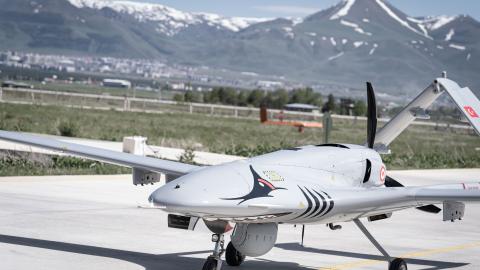Introduction
The NATO Parliamentary Assembly’s Science and Technology Committee considers emerging and disruptive technologies (EDTs) capable of transforming future military capabilities and warfare through advanced tech applications. Today, official documents indicate that NATO’s EDT-generation efforts focus on nine areas: artificial intelligence (AI), autonomous systems, quantum technologies, biotechnology and human enhancement technologies, space, hypersonic systems, novel materials and manufacturing, energy and propulsion, and next-generation communications networks.
This brief does not cover all of Turkey’s defense-technological capabilities but aims to outline Turkey’s growing focus on EDTs and high-tech advancements. Some signature programs reflect Turkey’s political-military approach and the trends in defense-technological and industrial policies. These programs hint at Ankara’s future military modernization efforts and smart assets. This paper highlights some of Turkey’s critical defense tech programs, focusing on AI, robotics, directed energy weapons, and future soldier/exoskeleton technologies to illustrate the comprehensive and integrated structure of the Turkish EDT ecosystem.


















